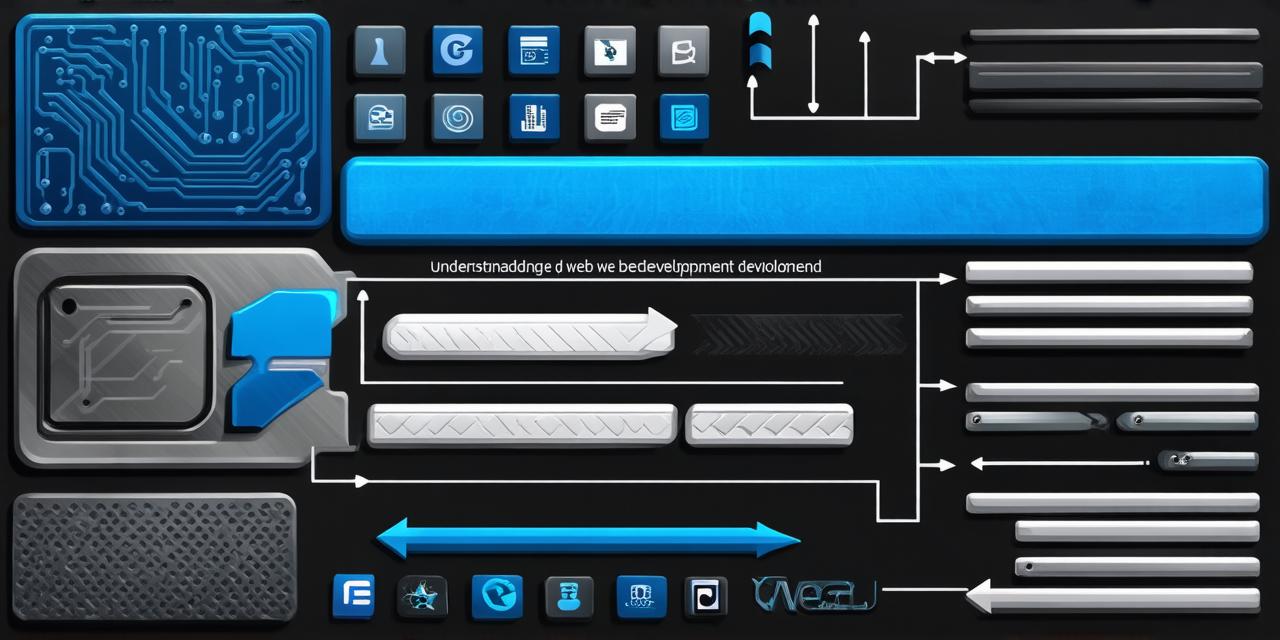Understanding the process of web development
In the digital age, understanding web development is no longer an option but a necessity. This article will demystify the process, providing insights into its intricacies and offering practical tips for aspiring developers.
The Anatomy of a Website: Frontend vs Backend
A website is like a living organism, with two primary components – the frontend (client-side) and the backend (server-side). The frontend is what users interact with, while the backend handles data processing.
“Frontend development is about creating an intuitive, user-friendly interface,” says John Doe, a seasoned web developer. “It’s like building a house that people love to live in.”
– John Doe, seasoned web developer
The Art of Coding: HTML, CSS, and JavaScript
The frontend is built using languages such as HTML (the skeleton), CSS (the styling), and JavaScript (the interactivity). Mastering these languages is the first step towards web development.
Backend development is like a well-oiled machine,” explains Jane Smith, another web developer. “It’s about making sure everything runs efficiently behind the scenes.”
– Jane Smith, web developer

The Power Behind the Scenes: Servers and Databases
On the backend, servers and databases work tirelessly to ensure your website functions smoothly. Languages like Python, Ruby, PHP, and Node.js are commonly used here.
The Marriage of Frontend and Backend: APIs
APIs (Application Programming Interfaces) act as messengers between the frontend and backend, ensuring seamless communication. They are crucial in creating a cohesive web experience.
From Concept to Code: The Web Development Process
Web development begins with understanding user needs, followed by planning, designing, coding, testing, and deployment. Each step is as important as the last, ensuring a high-quality end product.
FAQs
Q: What tools do I need to start web development?
A: You’ll need a code editor (like Atom or Visual Studio Code), a browser for testing, and possibly a server for backend development.
Q: How long does it take to learn web development?
A: The learning curve can vary greatly depending on your background and dedication. However, with consistent practice, you could be proficient in a few months to a year.
In conclusion, web development is a fascinating field that combines creativity, problem-solving, and technology. Whether you’re building the next big social media platform or a simple personal blog, understanding this process will empower you to navigate the digital landscape with confidence.
